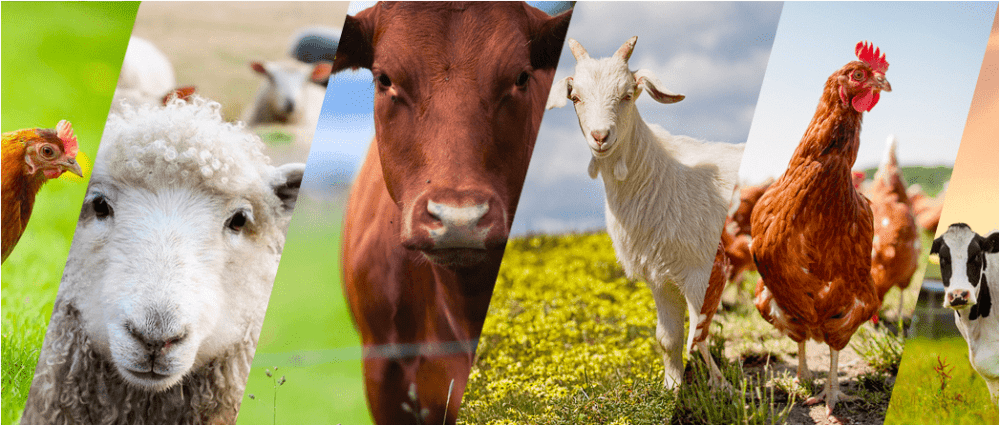Students will be working on the iCEV NCLCA Certification modules, the lesson plans described below are for the Livestock Judging: Market Steer Evaluation AND Market Steers – 1 (WITH Officials) modules. All components of this module must be completed by no later than 11:59 PM on 3/5/2021. On 3/5, students may begin working on the Livestock Judging: Breeding Gilt Evaluation AND Breeding Gilts – 1 (WITH Officials) modules, and all components will be due no later than 11:59 PM on 3/12/2021.
iCEV Login Link
Livestock Judging: Market Steer Evaluation
AND
Market Steers – 1 (WITH Officials)
Goal:
To introduce the purpose of evaluation and the desired phenotypic traits of the idea market steer.
Description:
Important evaluative criteria for market steers are demonstrated including: muscling— illustrated using steers and special effects; correctness of finish— contrasts two steers while discussing the 12th rib, brisket, flank, cod, pin area and bone area; balance— at rest and in motion, structural correctness demonstrated using steers with various defects-sickle hocked, straight shouldered, toed-out, straightness of knee, post legged, restricted stride, steep/short pastern, stiff in hock, knock kneed, splay footed, bow legged, small outside toe, cow hocked and coarse open shoulder and correctness of weight— covers substance, acceptability for the industry, ideal weight and dressing percent. A practice class of market steers is placed by a national champion collegiate livestock judging team member (includes an outstanding set of oral reasons); then, official placings, cuts and reasons are presented.
Objectives:
1. To identify and list the major factors considered in market steer evaluation.
2. To establish the ideal modern market steer, identifying three goals important for consumer preference.
3. To evaluate and defend the placing of a market steer class.
Livestock Judging: Breeding Gilt Evaluation
AND
Breeding Gilts – 1 (WITH Officials)
Goal:
To introduce the desired phenotypic traits, performance records and purpose of breeding gilt evaluation.
Description:
Today’s breeding gilt is kept or culled based upon the combination of phenotype, performance records and the projected performance of the progeny. A swine specialist discusses these factors, as well as structural soundness, sex characteristics, size and scale, underline, composition and performance records (EPDs). A practice class with an EPD scenario, discussion of official placings and cuts and a set of collegiate oral reasons also are provided.
Objectives:
1. To define the major factors necessary to select replacement gilts in a commercial operation.
2. To be able to analyze and interpret a set of performance records with specific reference to positive and negative numbers.
3. To evaluate and defend the placing of a breeding gilt class.
